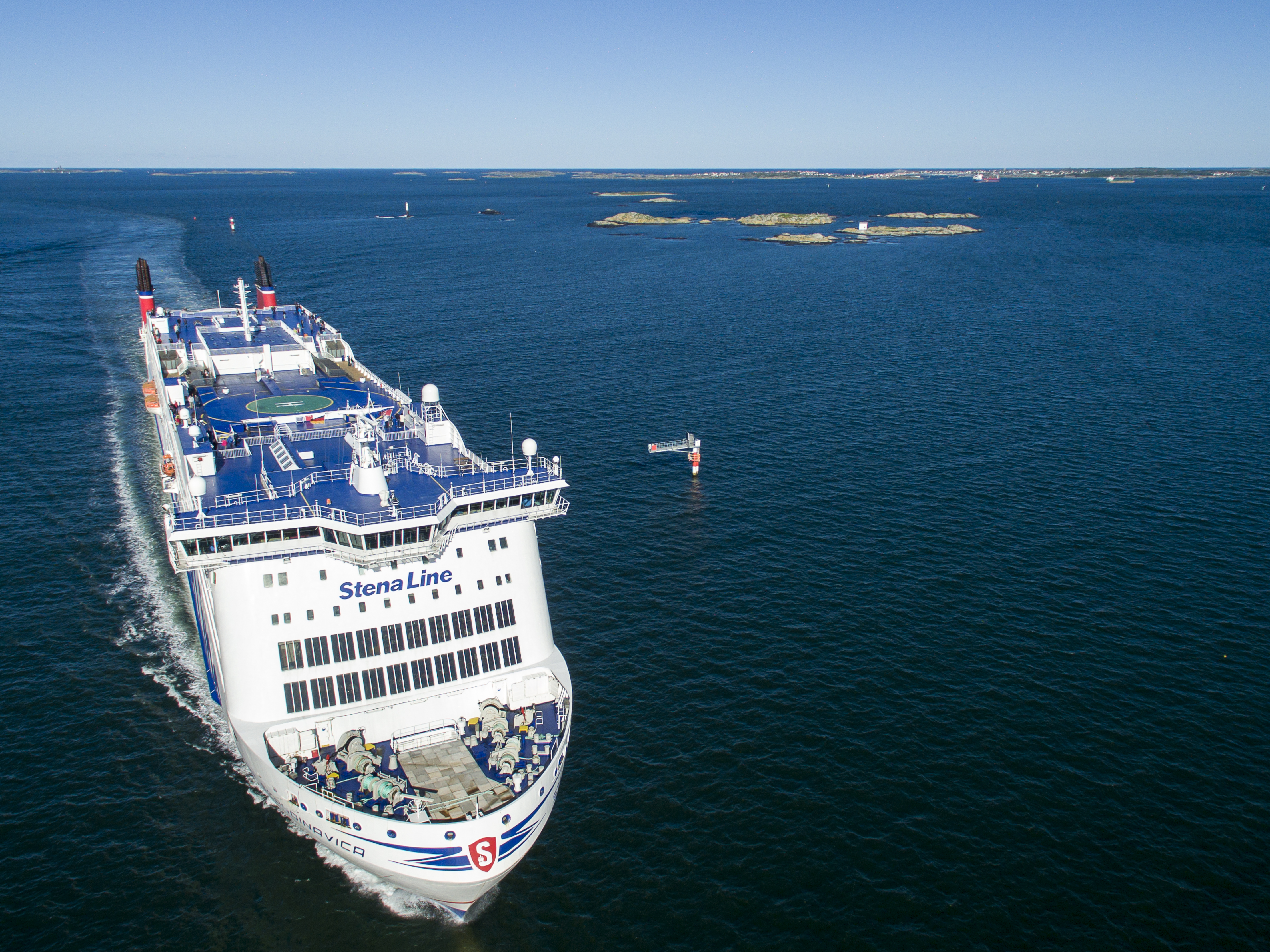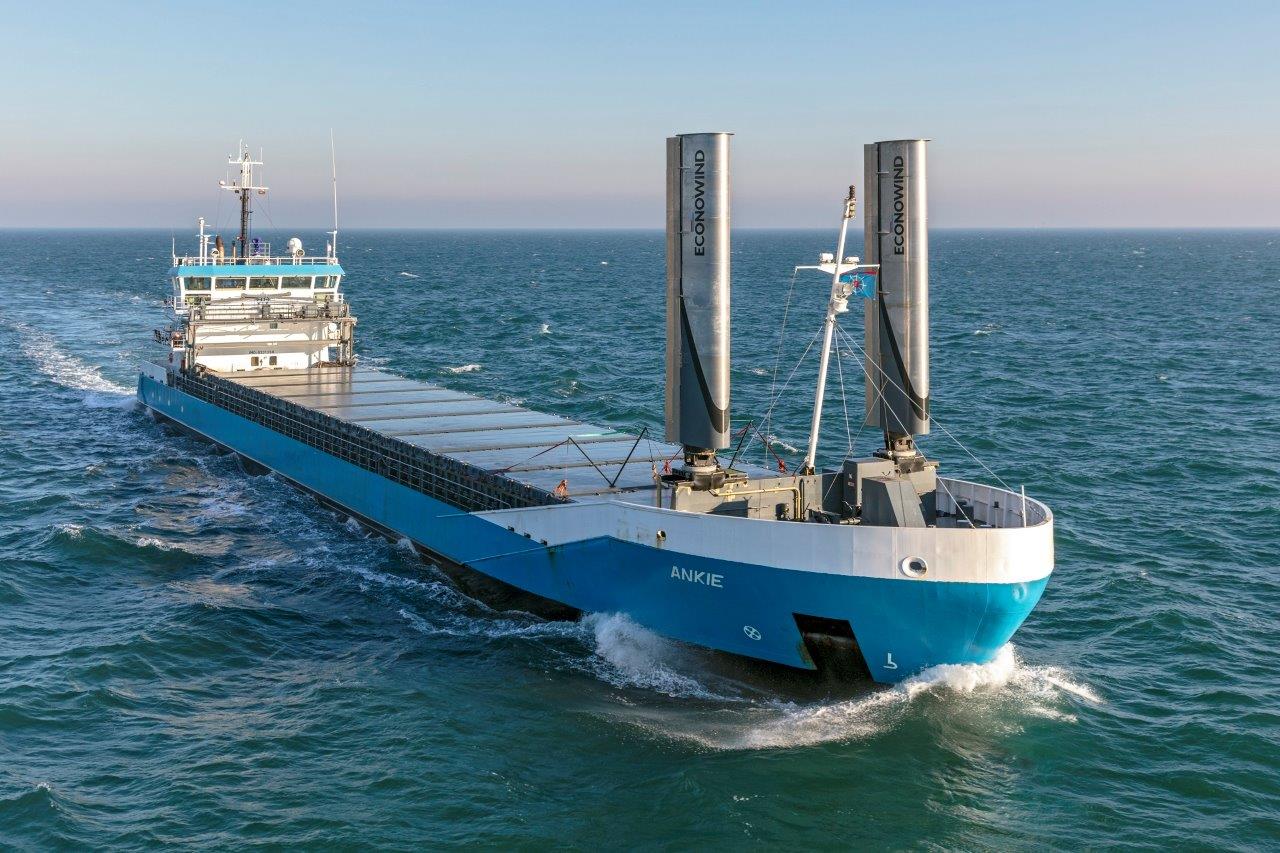Stena Line’s trial using Artificial Intelligence was so successful it’s being rolled out across the fleet
Gothenburg-headquartered Stena Line is gearing up to deploy AI technology across its entire fleet of ferries following the successful completion of a year-long pilot trial.
Family-owned Swedish ferry operator Stena Line reports that it has successfully reduced fuel consumption by between 2% and 3% per trip after implementing artificial intelligence (AI) technology developed in conjunction with the European arm of Japan’s Hitachi.
The announcement follows the completion of a pilot project initiated in September last year that saw the technology deployed aboard the Stena Scandinavica, a 55,050 GT ro-pax cruiseferry operating between Gothenburg and the German port of Kiel. The software, which has now been branded Stena Fuel Pilot, will be installed on five more Stena Line vessels during the coming months.
Moreover, the company says it is looking to complete a fleet-wide roll-out across all 37 of its ferries operating some 20 routes in Northern Europe before the end of next year.
“Stena Line aims to become the world’s first cognitive ferry company, assisted by AI in all areas by 2021,” Stena’s chief transformation officer Jari Virtanen says. “This project is using AI technology to support our captains and officers to save fuel. By improving the efficiency, we reduce both our costs and our environmental footprint.”
The company has said that reducing its vessels’ fuel consumption is a priority area, revealing that it has set itself a target to lower fuel consumption and CO2 emissions by 2.5% yearly.
Fuel, it says, is also one of the largest costs for a ferry company like Stena Line, accounting for around 20% of total costs.
Stena already uses AI within several other areas of operations, including administration, finance, customer experience and customer care. It approached Hitachi with a request to identify possible software systems that could help enhance the efficiency of its ships while also improving safety.
“Traditionally, ships use an archive of old routes combined with the knowledge of their captains to plot their routes, but these aren’t necessarily the most fuel-efficient,” Hitachi says. “Several factors, such as wind conditions, water depth and sea currents are constantly changing and have an effect on the ship that is difficult to predict. Over a lifetime at sea, Stena Line’s most experienced captains develop an instinct to find the best path. But the company can’t wait 25 years to train each new captain; it needed a new and efficient way to pass on that experience and knowledge to the next generation of sailors.”
The AI model used “simulates many different scenarios” before suggesting what it deems to be “the optimal route and performance setup” for enhancing efficiency and minimising fuel use. “With the help of AI, the captain and other ship’s officers are able to consider a number of variables, such as sea currents, weather conditions, water depth and speed through water, in various combinations which would be impossible to do manually,” Hitachi continues, explaining that the AI used “recalculates” all these variables in real-time to provide the crew “with ongoing suggestions to keep the ship on the optimal course”.
At the same time, the officers on board are also able to feed additional information into the AI as it arises, enabling the system to continue improving and developing based on real-world experience.
At the time of the initial trials on the fuel AI Jan Sjöström, senior master of the Stena Scandinavica is quoted as saying that the deployment of the system will in itself help the AI learn and evolve quickly.
He also added that planning a trip and handling a vessel in a safe and, at the same time, fuel-efficient way is craftsmanship, but when assisted by AI, a captain or officer can improve how to optimise fuel quicker.
Describing the project as thus being “one of co-creation”, Hitachi states that it is continuing to review Stena Line’s existing digital architecture in order to support its goal of becoming a leading cognitive shipping company by 2021.
The Japanese technology firm also wrote that the aim is to create an AI model that is so precise that it would be the ultimate decision support system for the captain when planning each trip, with the next step being to accurately predict sea currents, one of the most variable factors a navigator has to take into account when on a voyage.
Should this be achieved, though, it would provide an enormous support to even the most experienced captain as well as being a valuable teaching aid for the next generations of officers
“Digitalisation plays a key role in helping industries such as shipping optimise their operations for both financial performance and environmental impact,” says Hicham Abdessamad, Hitachi corporate officer and CEO of Hitachi Global Digital Holdings. “We are engaged with Stena Line on a number of strategic co-creation initiatives and we see this as an important next step in providing digital expertise to help them achieve positive business and societal outcomes.”
“With a structured approach and by taking continuous initiatives, the aim is for Stena Line to become a leader in sustainable shipping,” adds Rune Kleiberg, Stena’s head of digital strategy. “We are pleased to have Hitachi on board to help us in our cognitive journey to improve fleet operation across ship and shore, providing new capabilities for safer and more sustainable ferry journeys, as well as helping improve operational efficiencies and overall vessel performance.”
Hitachi’s promotional film about the trials can be seen below
































